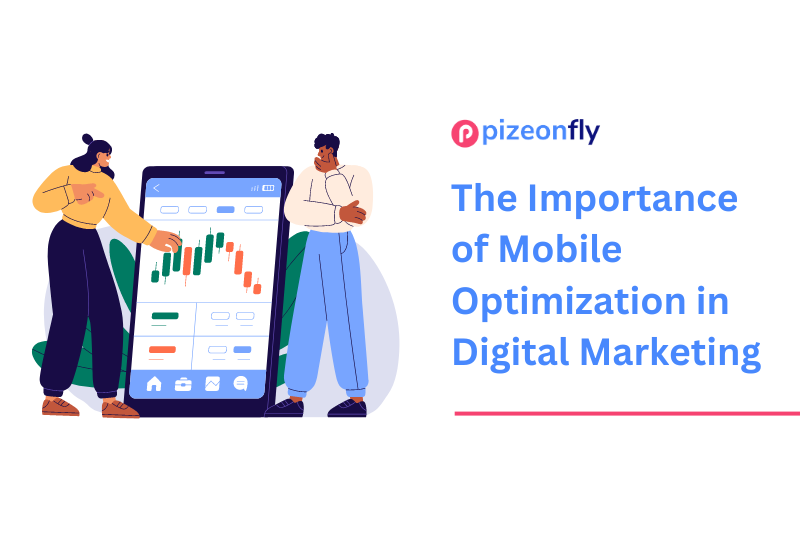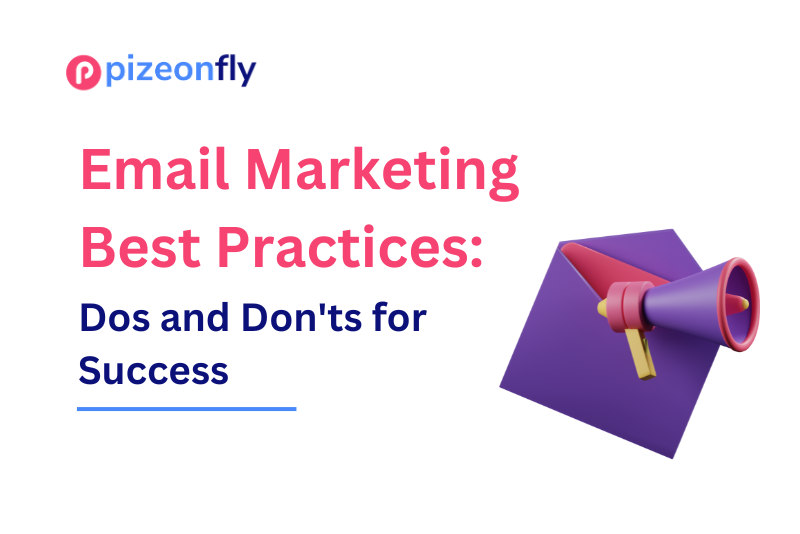Creating a Winning Content Strategy for Your Blog
April 29, 2023
The Importance of Mobile Optimization in Digital Marketing
May 25, 2023Introduction
In today’s digital landscape, video marketing has emerged as a powerful tool for businesses to engage with their audience and drive conversions. With the increasing popularity of video content, leveraging it strategically can help your brand stand out and connect with your target market on a deeper level. In this blog post, we will explore effective strategies and best practices for utilizing video marketing to boost engagement and conversions. From creating compelling videos to optimizing them for search engines, we will cover everything you need to know to harness the full potential of video marketing.
Section 1: Understanding the Power of Video Marketing
Video marketing has become an integral part of online communication due to its ability to convey information effectively and evoke emotions. Here, we will discuss the key benefits of video marketing:
1.1. Increased Engagement: Videos are highly engaging and capture viewers’ attention better than text or images alone. They allow you to tell a story, showcase your products or services, and create a memorable experience for your audience.
1.2. Improved Conversions: Studies have shown that incorporating videos on landing pages or product pages can significantly increase conversion rates. Videos help build trust, provide in-depth product demonstrations, and answer potential customer questions, thus boosting sales and conversions.
1.3. Enhanced SEO: Video content can positively impact your search engine rankings. Search engines like Google prioritize websites with engaging multimedia content, and by optimizing your videos with relevant keywords and descriptions, you can improve your website’s visibility in search results.
Section 2: Creating Compelling Videos
Now that we understand the importance of video marketing, let’s delve into the process of creating compelling videos:
2.1. Define Your Goals: Clearly define the goals you want to achieve with your videos. Whether it’s to generate leads, increase brand awareness, or educate your audience, having a clear objective will guide your video creation process.
2.2. Know Your Target Audience: Understanding your target audience’s preferences, pain points, and interests is crucial. This knowledge will enable you to create videos that resonate with them and provide value.
2.3. Plan Your Video Content: Develop a content strategy for your videos, outlining the topics, formats, and key messages you want to convey. Your videos can range from educational tutorials and product demos to customer testimonials and behind-the-scenes glimpses.
2.4. Create High-Quality Videos: Invest in good equipment and ensure your videos are visually appealing, well-lit, and have clear audio. Consider using a professional video editing software to enhance the overall quality and add branding elements.
Section 3: Optimizing Videos for Search Engines
To maximize the impact of your video marketing efforts, it’s crucial to optimize your videos for search engines. Here are some essential SEO practices for video optimization:
3.1. Keyword Research: Conduct thorough keyword research to identify relevant keywords and phrases that align with your video’s topic. Incorporate these keywords naturally in your video title, description, and tags.
3.2. Video Title and Description: Craft compelling, keyword-rich titles and descriptions that accurately describe your video’s content. Use engaging language to entice viewers to click and watch your video.
3.3. Video Transcript and Closed Captions: Including a transcript of your video’s dialogue or adding closed captions can benefit both viewers and search engines. Transcripts make your content more accessible and provide search engines with additional textual content for indexing.
3.4. Video Sitemaps and Schema Markup: Generate a video sitemap and implement schema markup to help search engines understand and index your videos properly. These practices can enhance the visibility and performance of your videos in search results.
Section 4: Promoting and Distributing Your Videos
Creating great videos is just the first step. To maximize your reach and engagement, you need to promote and distribute your videos effectively:
4.1. Leverage Social Media: Share your videos across your social media channels, using eye-catching thumbnails, engaging captions, and relevant hashtags to attract viewers. Encourage your followers to like, comment, and share your videos to extend their reach.
4.2. Embed Videos on Your Website: Embed your videos on relevant pages of your website to improve user engagement and increase dwell time. This can also enhance your website’s SEO performance.
4.3. Collaborate with Influencers: Partnering with influencers or industry experts to feature or promote your videos can help you tap into their existing audience and increase your video’s visibility and credibility.
Section 5: Analyzing and Optimizing Video Performance
To continuously improve your video marketing efforts, it’s essential to analyze the performance of your videos and make data-driven optimizations:
5.1. Video Analytics: Utilize video analytics tools, such as YouTube Analytics or third-party platforms, to gather insights on video views, engagement metrics, audience retention, and click-through rates. Analyze this data to understand which videos are performing well and identify areas for improvement.
5.2. A/B Testing: Conduct A/B testing by creating different versions of your videos or testing different elements, such as video thumbnails, titles, or calls-to-action. Compare the performance of these variations to determine which ones resonate best with your audience and yield higher engagement and conversions.
5.3. User Feedback: Encourage viewers to provide feedback through comments, likes, and shares. Pay attention to their comments and suggestions to gain valuable insights into what resonates with your audience and how you can further optimize your videos.
5.4. Optimize Video Length: Experiment with video length to find the optimal duration that keeps your audience engaged. While shorter videos are generally recommended for social media platforms, longer videos may be suitable for in-depth tutorials or product demos on your website.
5.5. Continuous Improvement: Regularly revisit your video marketing strategy and make adjustments based on performance data and industry trends. Stay updated with emerging video formats, platforms, and techniques to ensure your videos remain fresh, relevant, and effective.
Section 6: Harnessing the Power of Video SEO
To further enhance the visibility and reach of your videos, it’s crucial to leverage video SEO techniques:
6.1. Create a Video Sitemap: Generate a video sitemap and submit it to search engines like Google. This helps search engines discover and index your videos more efficiently, leading to increased visibility in search results.
6.2. Video Thumbnail Optimization: Choose visually appealing and relevant thumbnails that entice viewers to click on your videos. A compelling thumbnail can significantly impact the click-through rate and attract more organic traffic.
6.3. Video Embedding: Encourage other websites and blogs to embed your videos, as this can improve your video’s reach and backlink profile. Collaborate with industry influencers or guest blog on relevant platforms to increase the chances of your videos being shared and embedded.
6.4. Cross-Promotion: Promote your videos across various platforms, including your website, social media channels, email newsletters, and blog posts. Cross-promotion helps drive traffic to your videos from different sources and boosts overall engagement.
6.5. Video Schema Markup: Implement video schema markup to provide search engines with additional information about your videos, such as duration, description, and thumbnail URL. This markup can improve the visibility and appearance of your videos in search engine results.
Conclusion
Video marketing has proven to be a powerful tool for boosting engagement and conversions. By creating compelling videos, optimizing them for search engines, and strategically promoting them, businesses can captivate their target audience, increase brand awareness, and drive conversions. Embrace the potential of video marketing, adapt to evolving consumer preferences, and take your marketing efforts to new heights.
By implementing the strategies outlined in this blog post, you can unlock the full potential of video marketing and pave the way for your business’s success in the digital age.
By implementing effective video marketing strategies, optimizing your videos for search engines, and continuously analyzing and improving their performance, you can harness the full potential of video marketing to boost engagement and conversions. Remember to stay updated with the latest trends, experiment with different approaches, and listen to your audience’s feedback. With dedication and strategic execution, video marketing can become a valuable asset in your overall marketing strategy, helping you connect with your audience, drive conversions, and achieve your business goals in the digital age.



